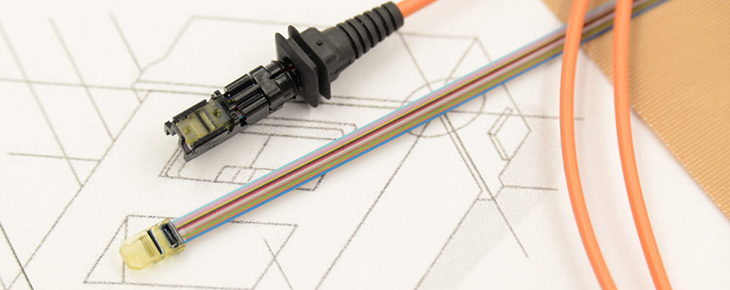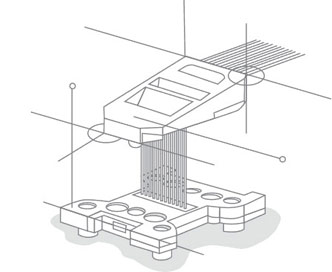Fiber optic cables play a pivotal role in our every day’s lives and particularly within the telecommunications industry. This is mainly due to the advantages they have over regular copper network cables in terms of bandwidth, distance, security and reliability.

The range of fiber optic cables can vary greatly depending on the type used and the applications hey are designed for.
Internet Connectivity
Simply put, fiber optic cables have a massive advantage over traditional copper cables in this sphere as they can carry much larger amounts of data at far greater speeds. Because of this they are used throughout the industry and online space.
Computer Networks
In recent years it has become far easier to transfer data between computers across a network by using fiber optic cables. This allows for massive time savings and improved efficiency within the work place. A notable example of the use of fiber optic cable within networks would be within modern stock exchanges as these require data transfers within the shortest times possible.
Telephone
Long gone are the days of telephone operators transferring customers calls. Over the last few decades fiber optics have become the standard in telephonic communication, replacing the now equally as dated copper based systems of the past. This has led to revolutions in our daily lives with everything from clearer telephone conversations to full on video chats that we make use of on a now regular basis.
Medical
Being light weight and flexible makes fiber optics ideal for use within medical applications. The need for minimally invasive surgery is a major component in the success of fiber optics, mainly in the area of small and compact medical instrumentation. These devices are primarily used within the aforementioned surgeries as well as in diagnosing patients.
Automotive
Within the automotive industry fiber optics primarily take on the function of providing lighting to both the interior and exterior of vehicles. That being said, fiber optic cables within cars can play a vital role in safety systems such as traction control and airbags by reducing the time it takes for these systems to kick-in.
Military, Defense and Space Exploration
It almost goes without saying that fiber optics play a vital role in modern military, defense and space exploration systems. They are deployed throughout these applications to reduce communication times for data transmissions as well as provide greater security and confidentiality.
Lighting and Decorating
While perhaps not being seem as ground breaking or vital as the previously mentioned applications, fiber optics have really cemented their place as a convenient and cost effect solution within many commercial industries. Everything from street lighting to birthday parties these days tends to make use of fiber optics.

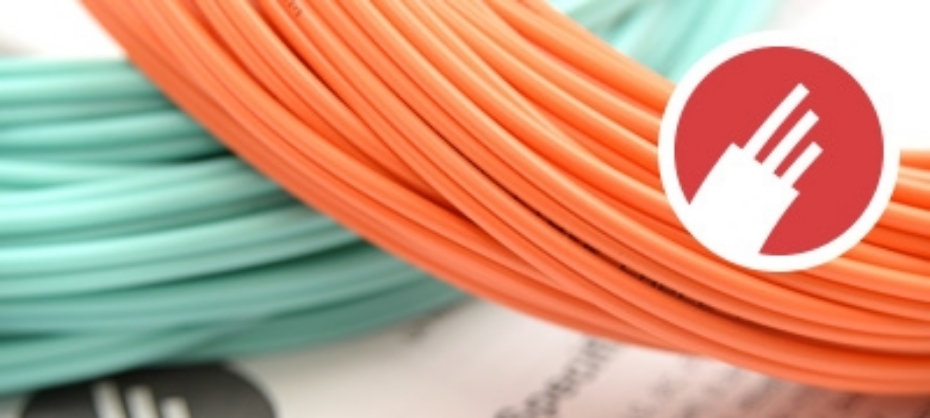
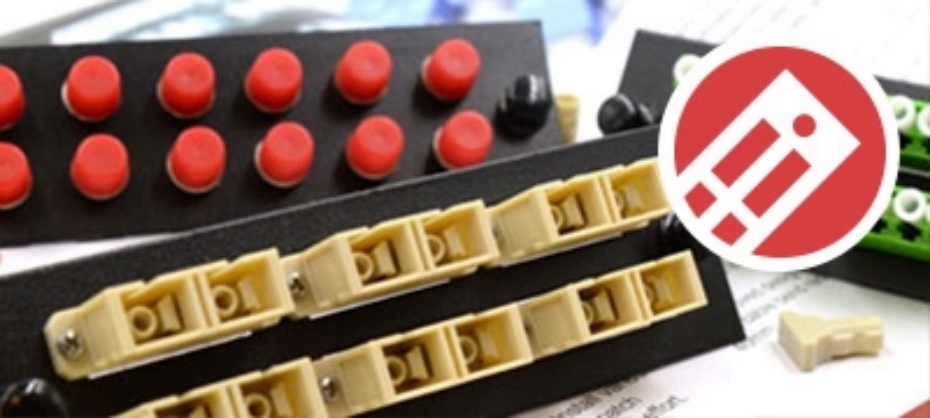
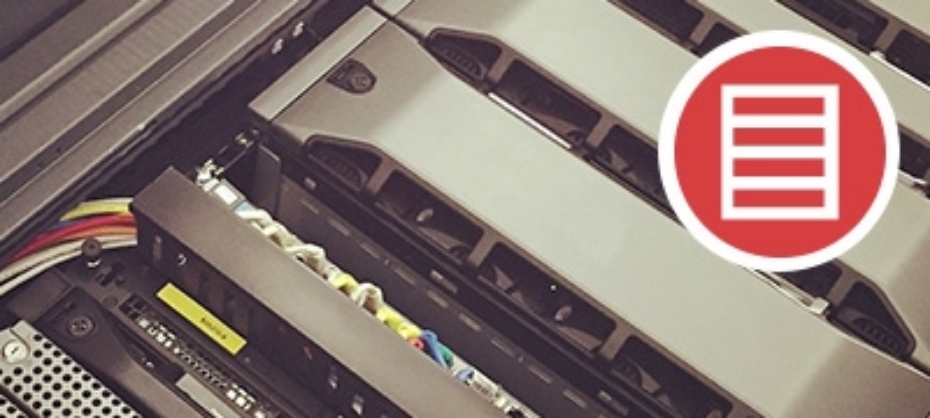


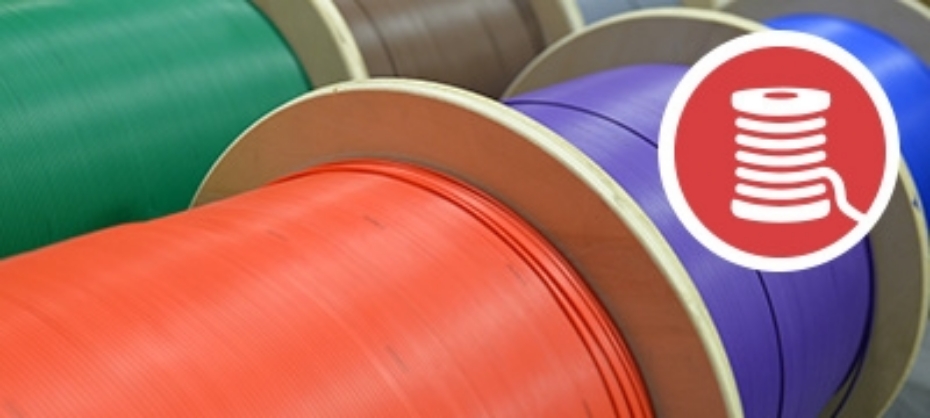
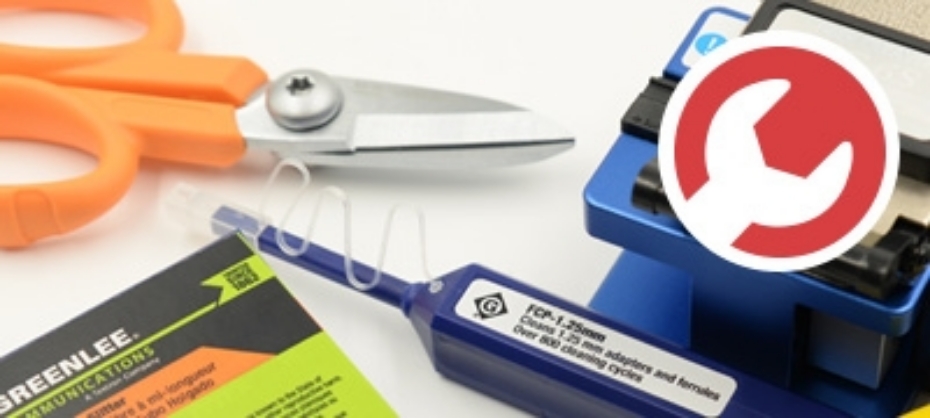


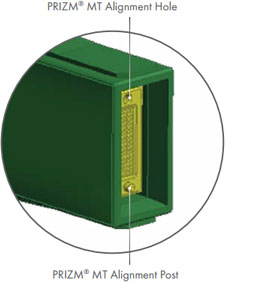
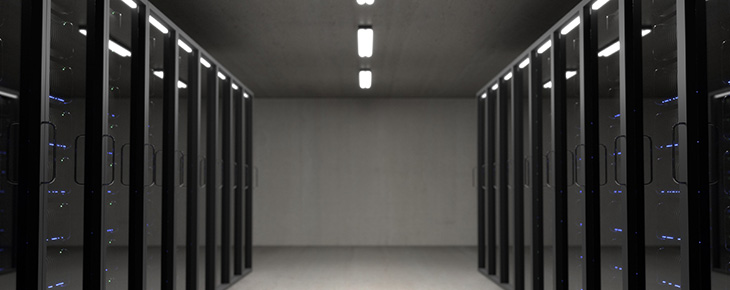
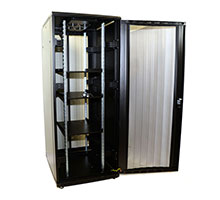 Rack Enclosure – Floor Standing
Rack Enclosure – Floor Standing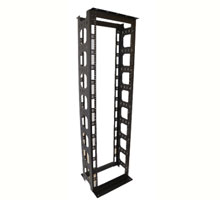 Open Frame – Floor Standing
Open Frame – Floor Standing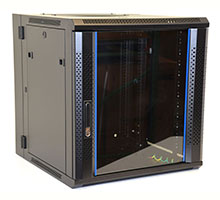 Rack Enclosure – Wall Mount
Rack Enclosure – Wall Mount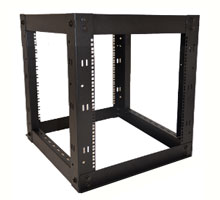 Open Frame – Wall Mount
Open Frame – Wall Mount